Financial Accounting Report: Analysis of Handyman Services Performance
VerifiedAdded on 2023/01/04
|16
|362
|81
Report
AI Summary
This financial accounting report analyzes the financial performance of Handyman Services, focusing on key metrics such as the current ratio and debt ratio. The report examines the short-term solvency and liquidity of the business, highlighting that the current ratio is below the ideal standard, indicating potential financial challenges. It also assesses the debt ratio, revealing the proportion of assets financed by debt capital. The report includes a detailed analysis of these ratios, offering insights into the financial health of Handyman Services. The report also includes a bibliography of the sources used for the analysis and the references used in the assignment. This assignment is available on Desklib, a platform providing students with AI-based study tools and resources to enhance their understanding of financial accounting principles and practices.
1 out of 16
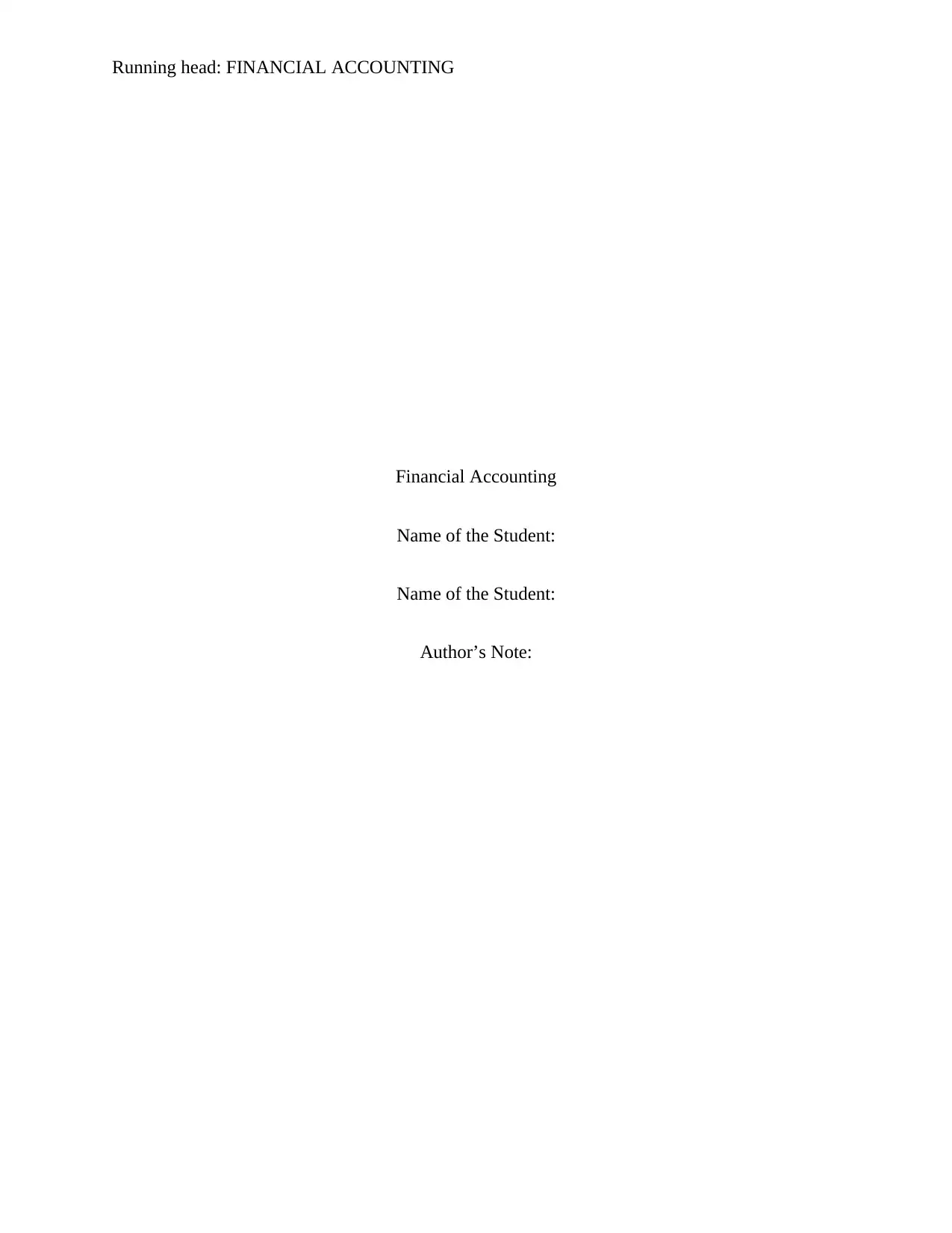
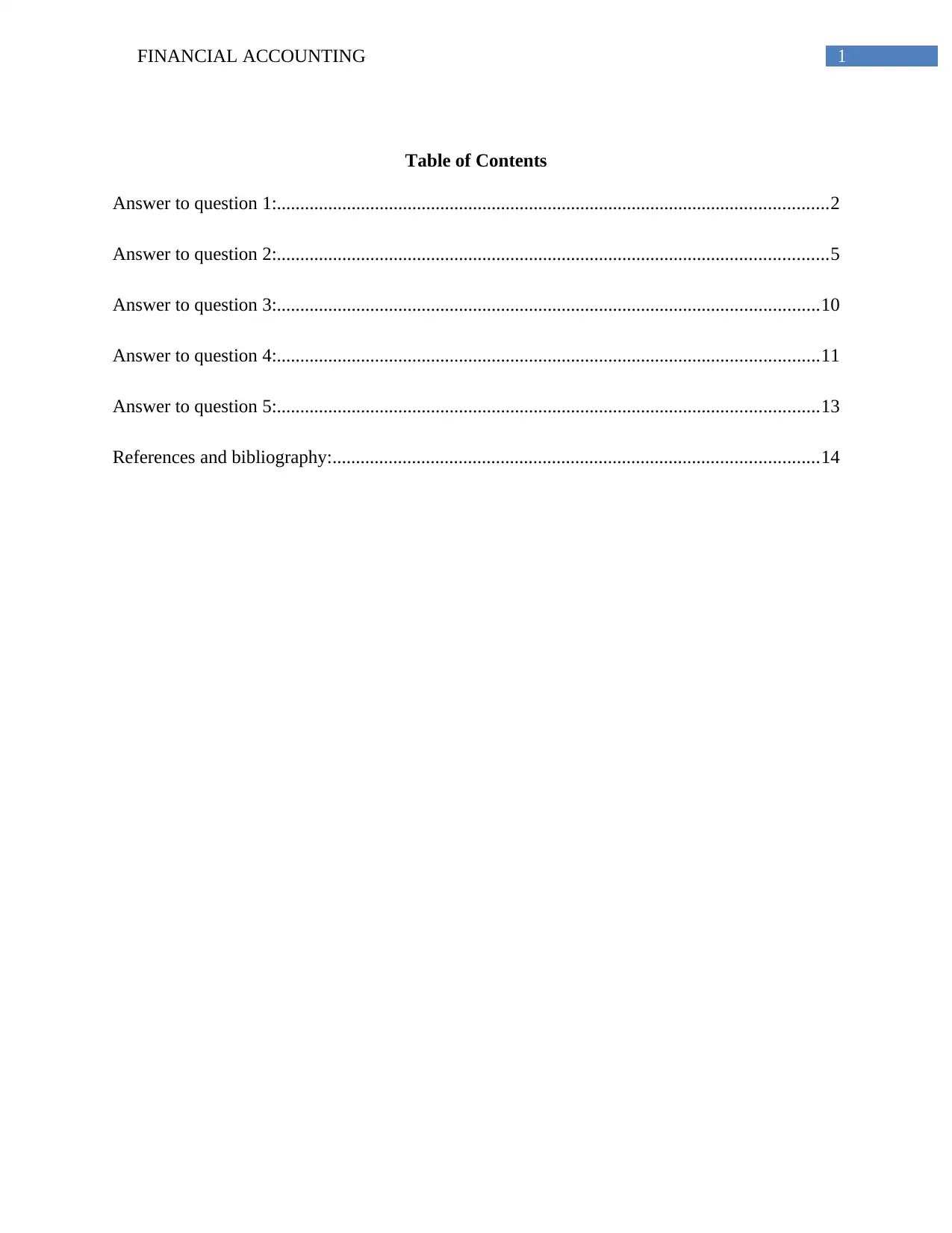

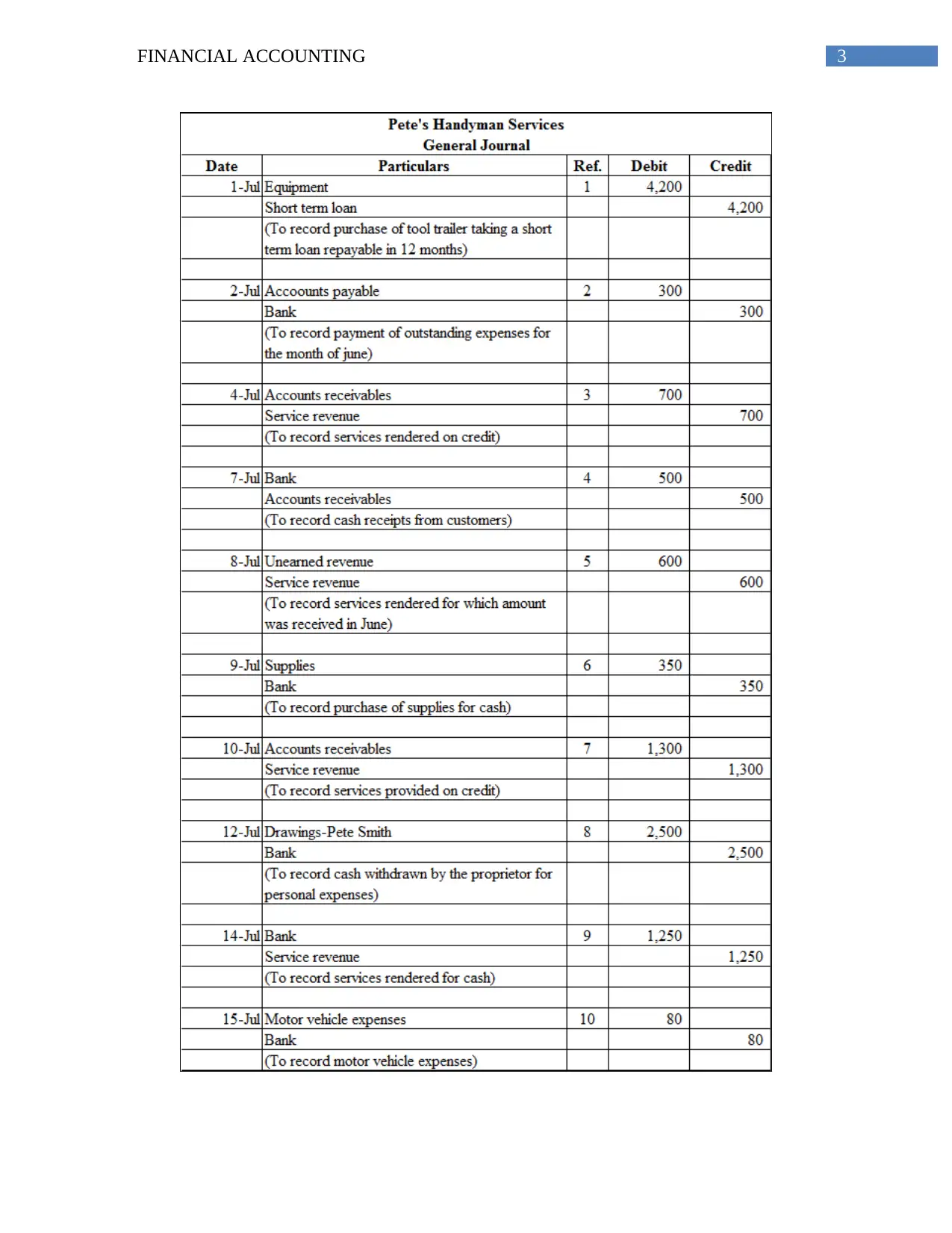
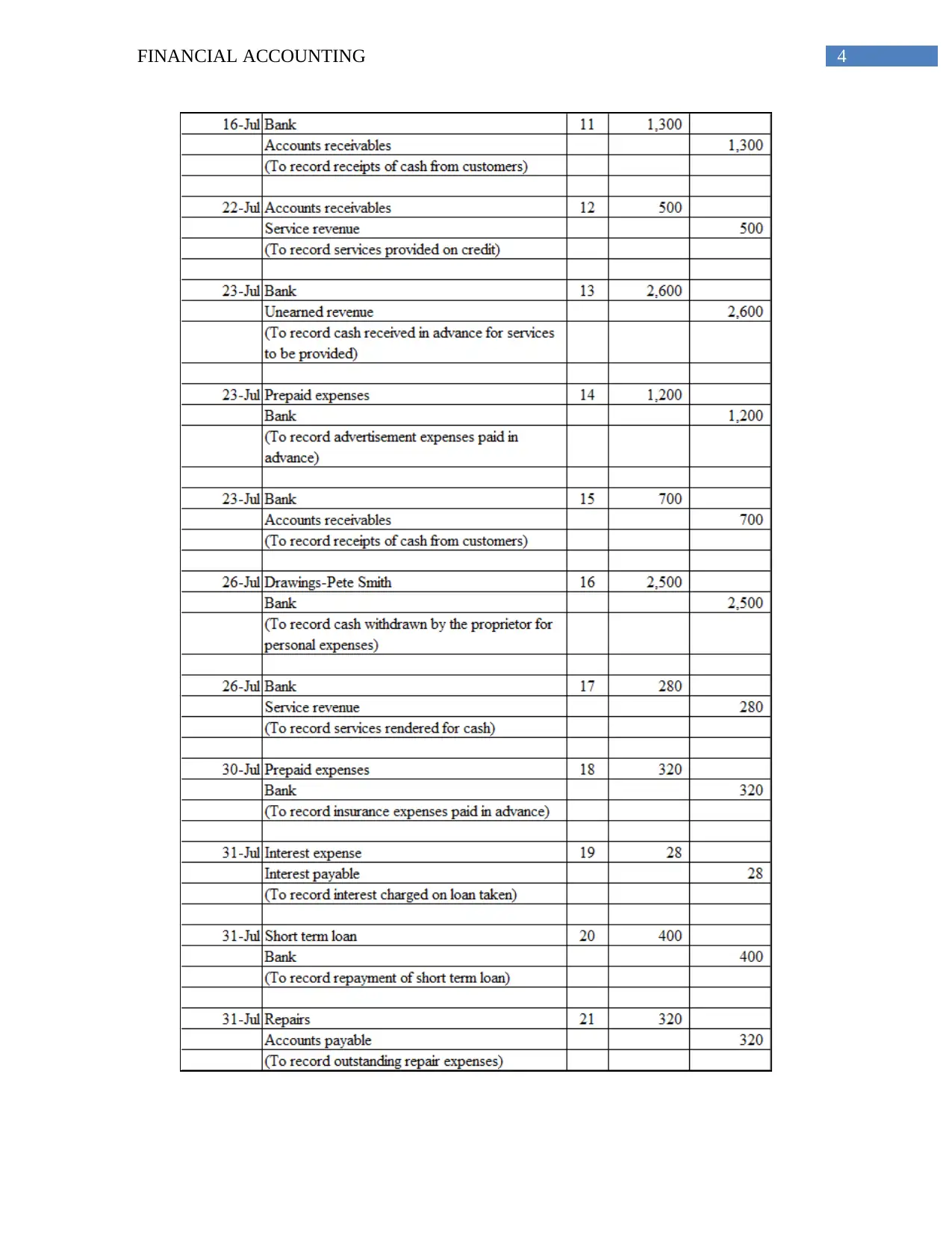
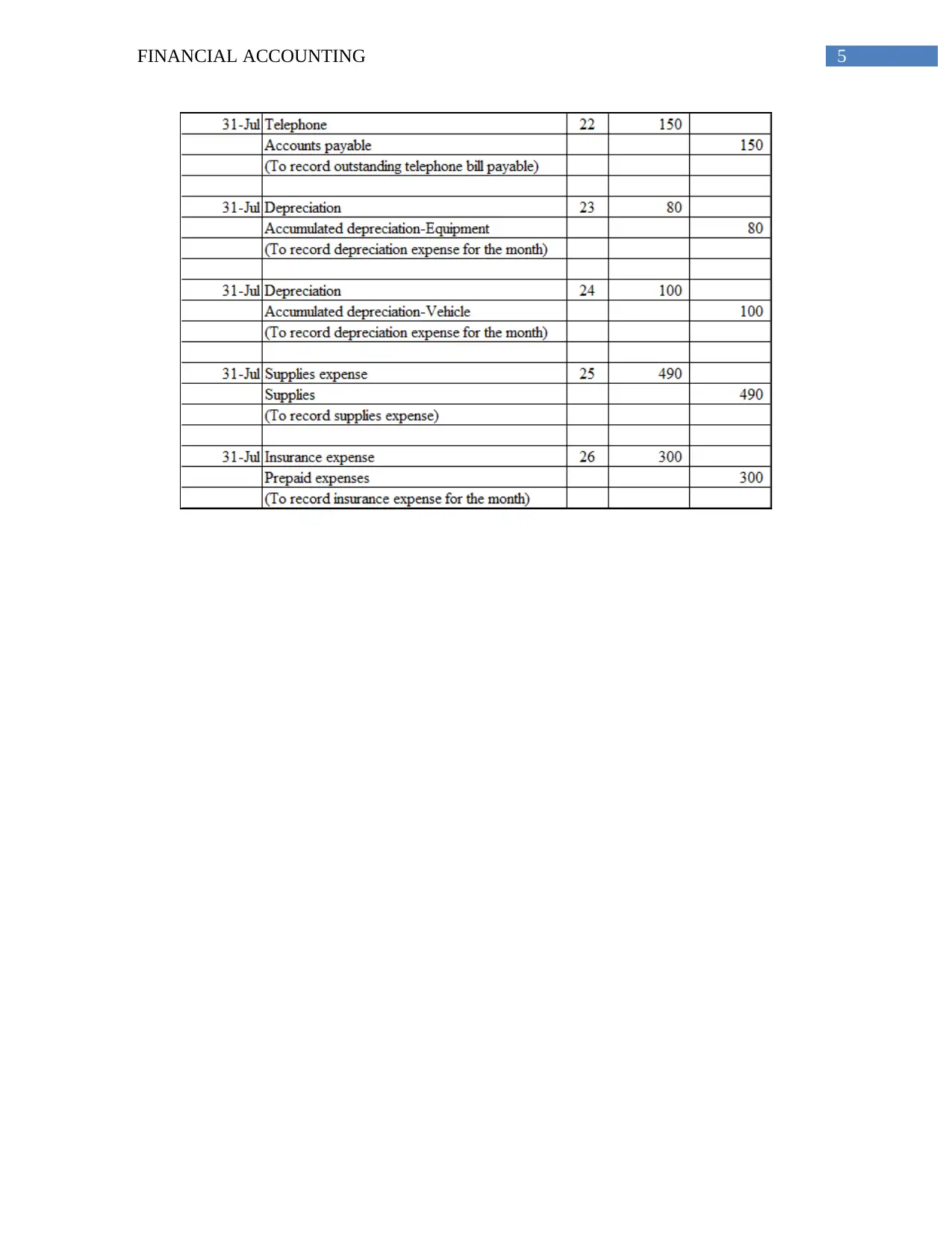
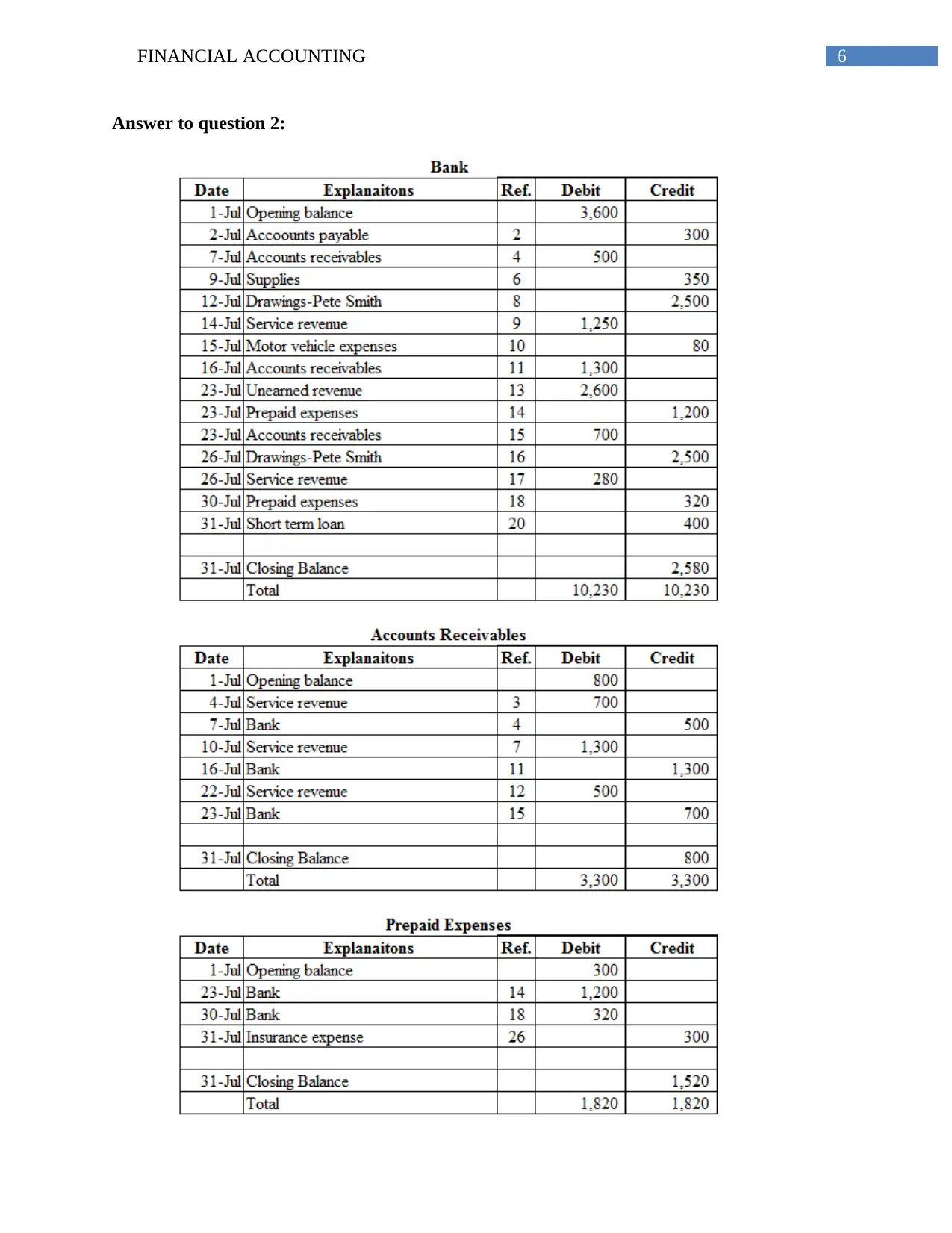
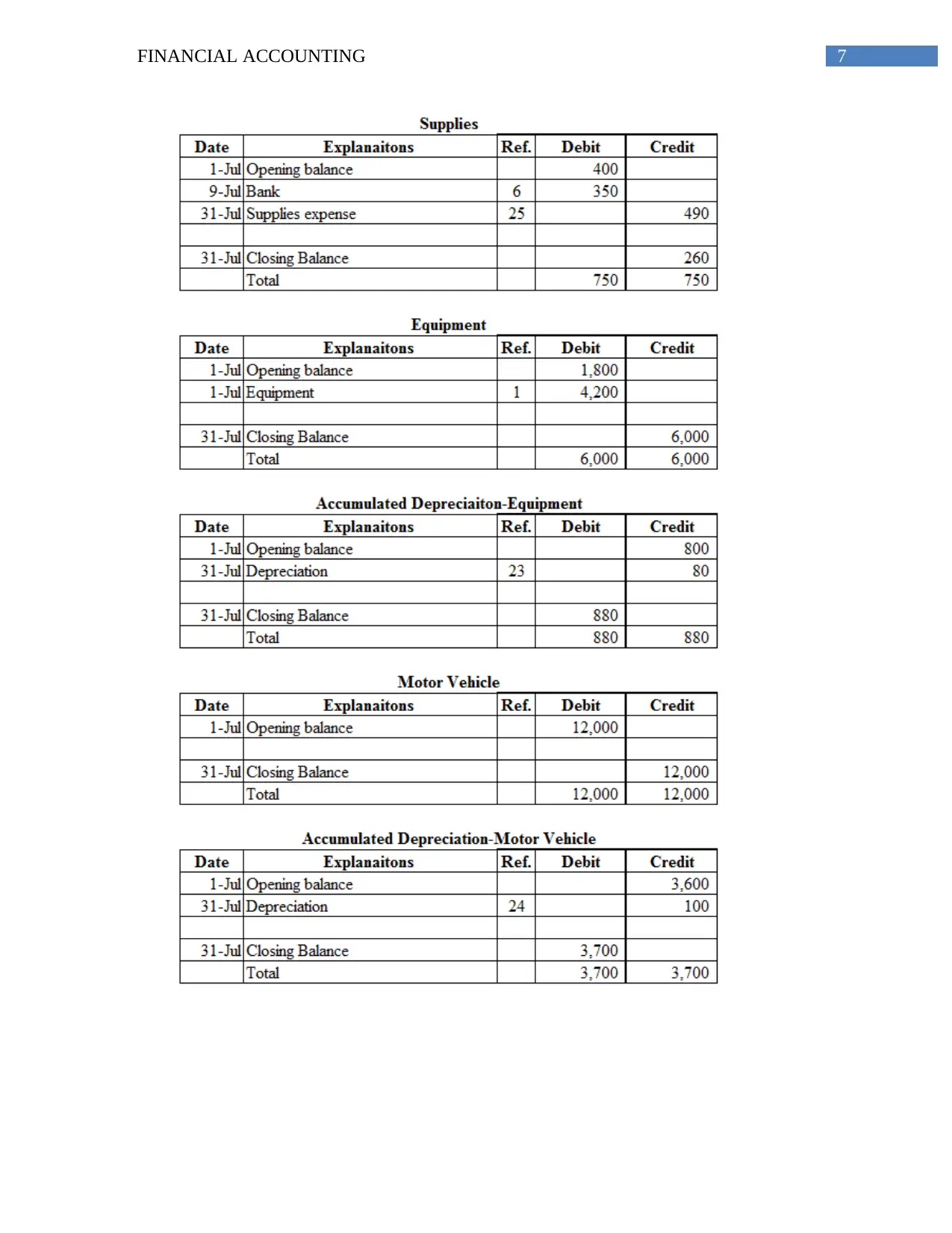
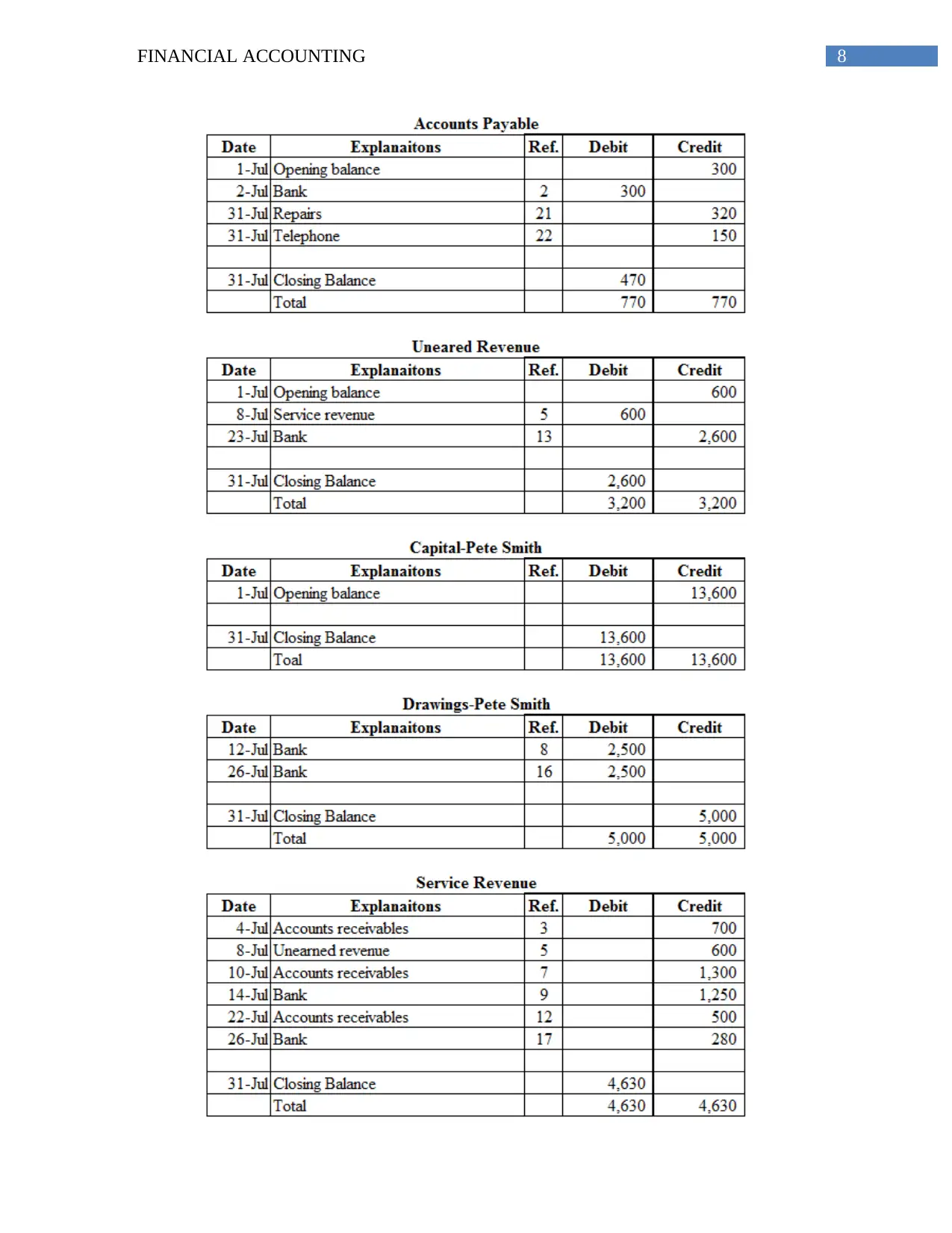
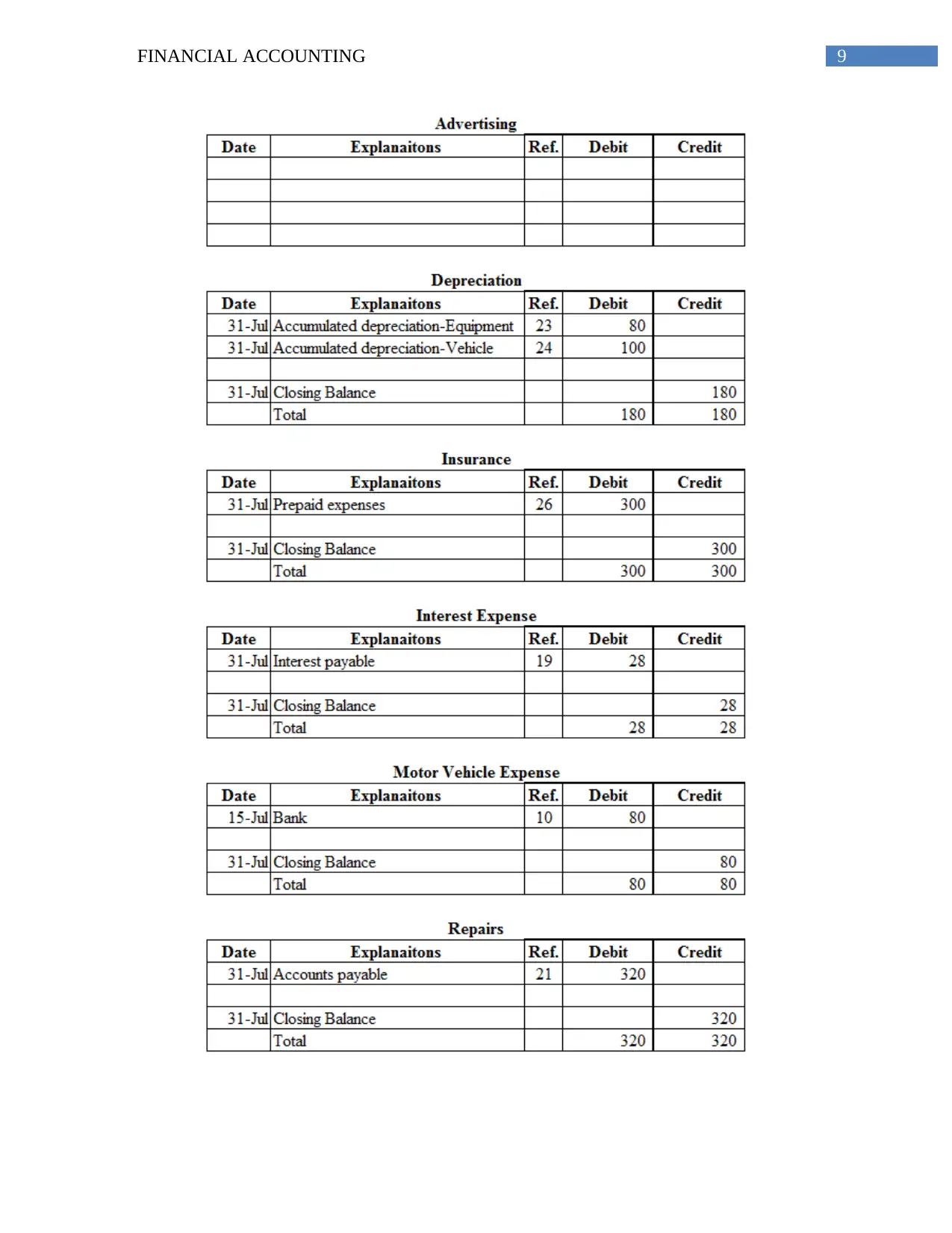
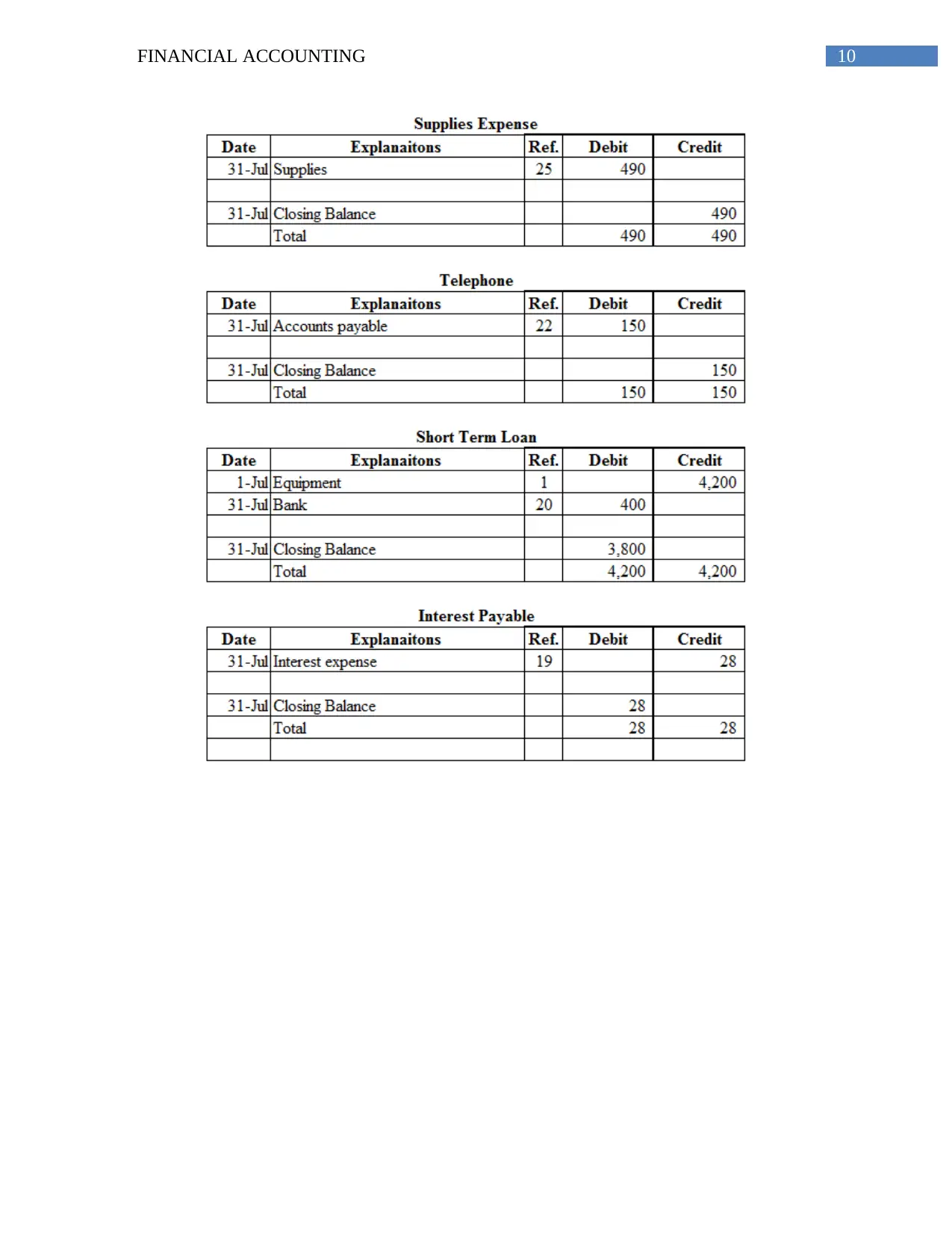
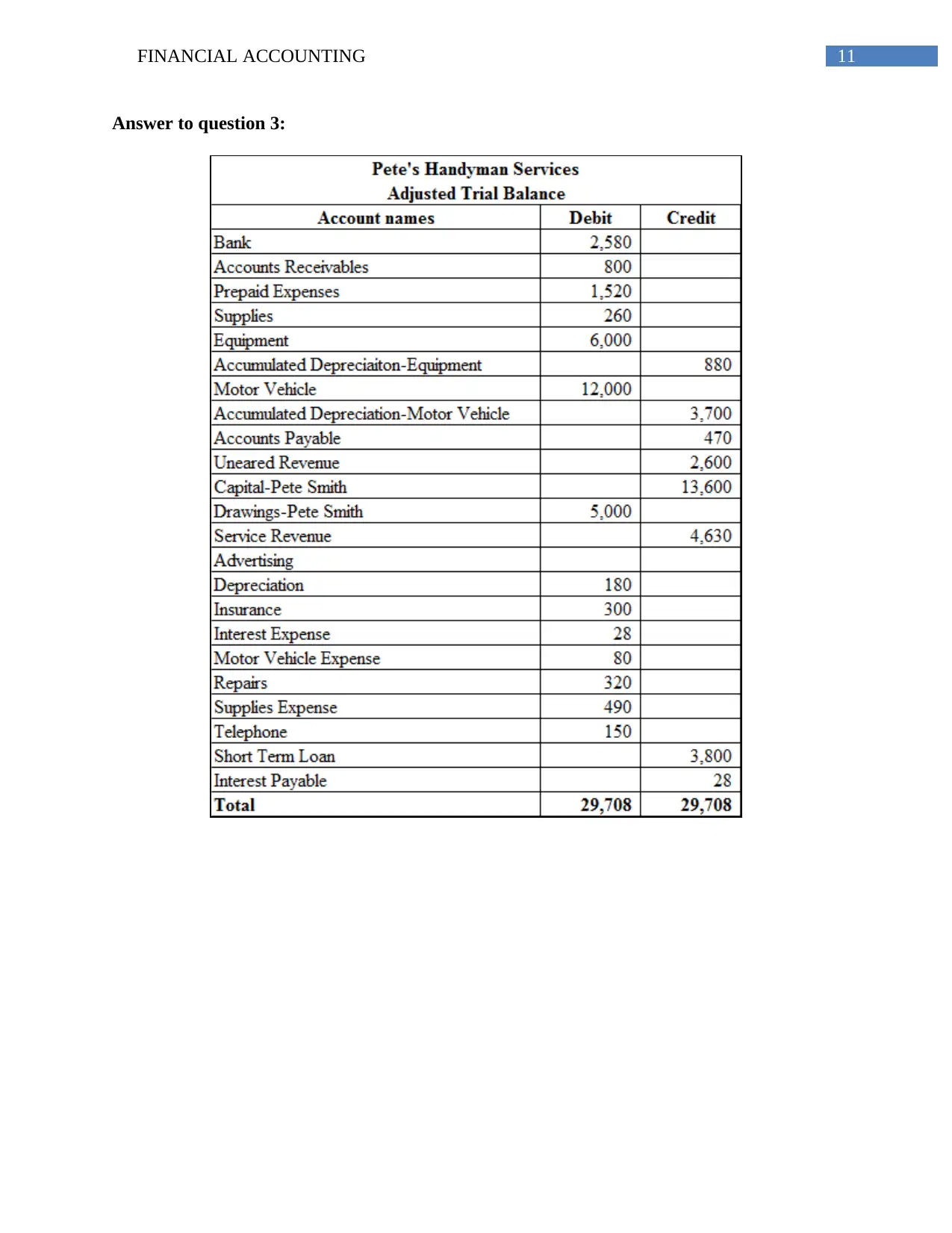
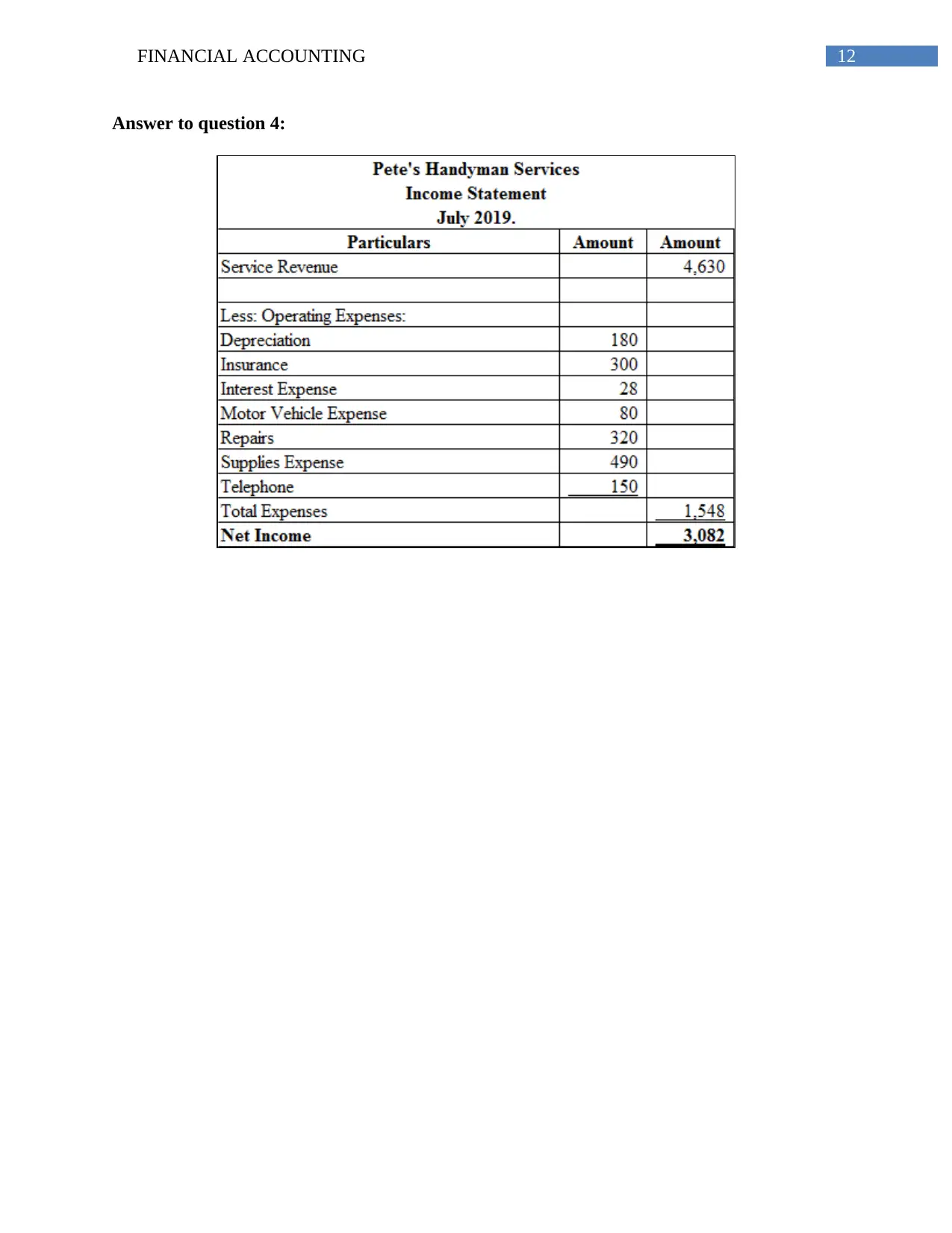
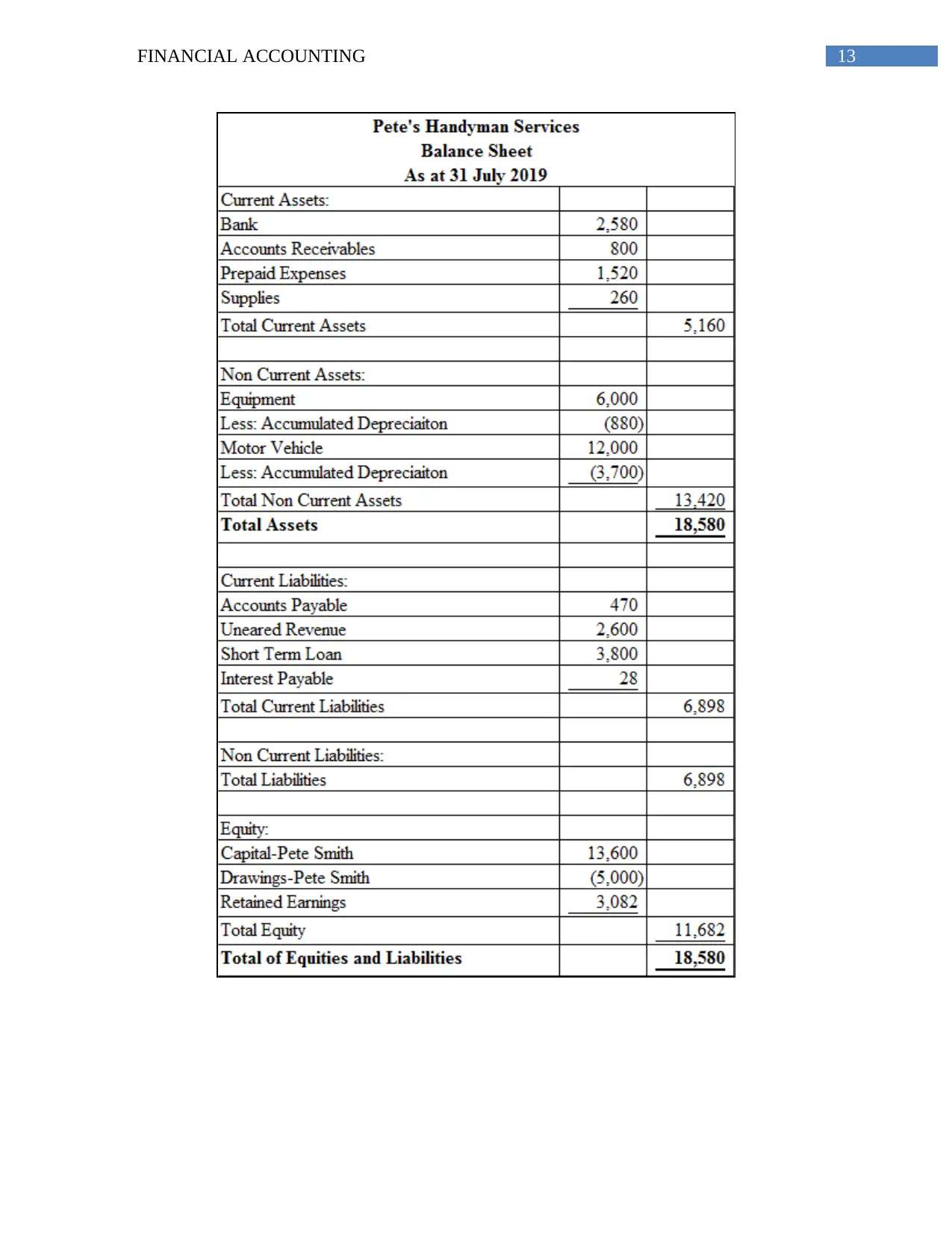
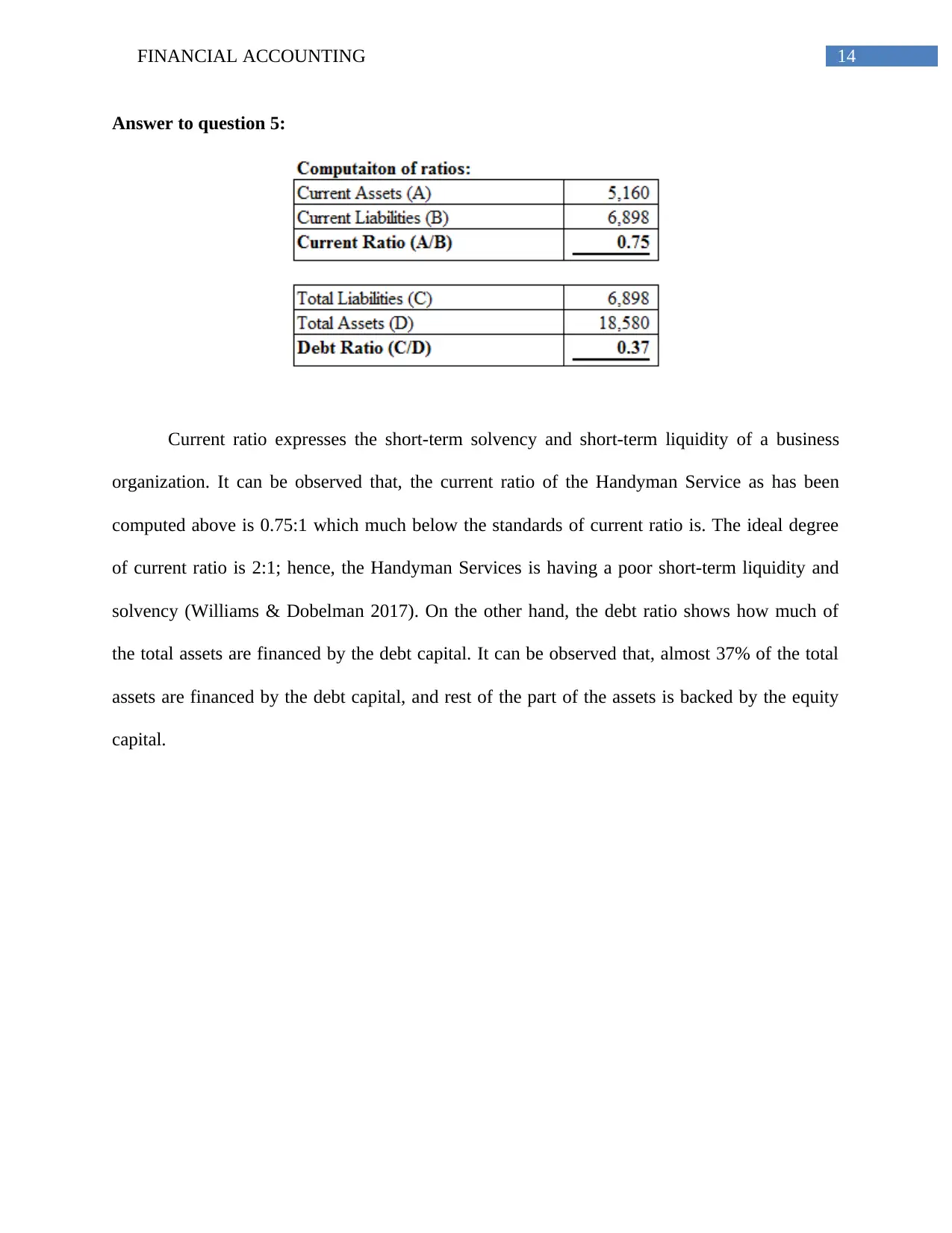
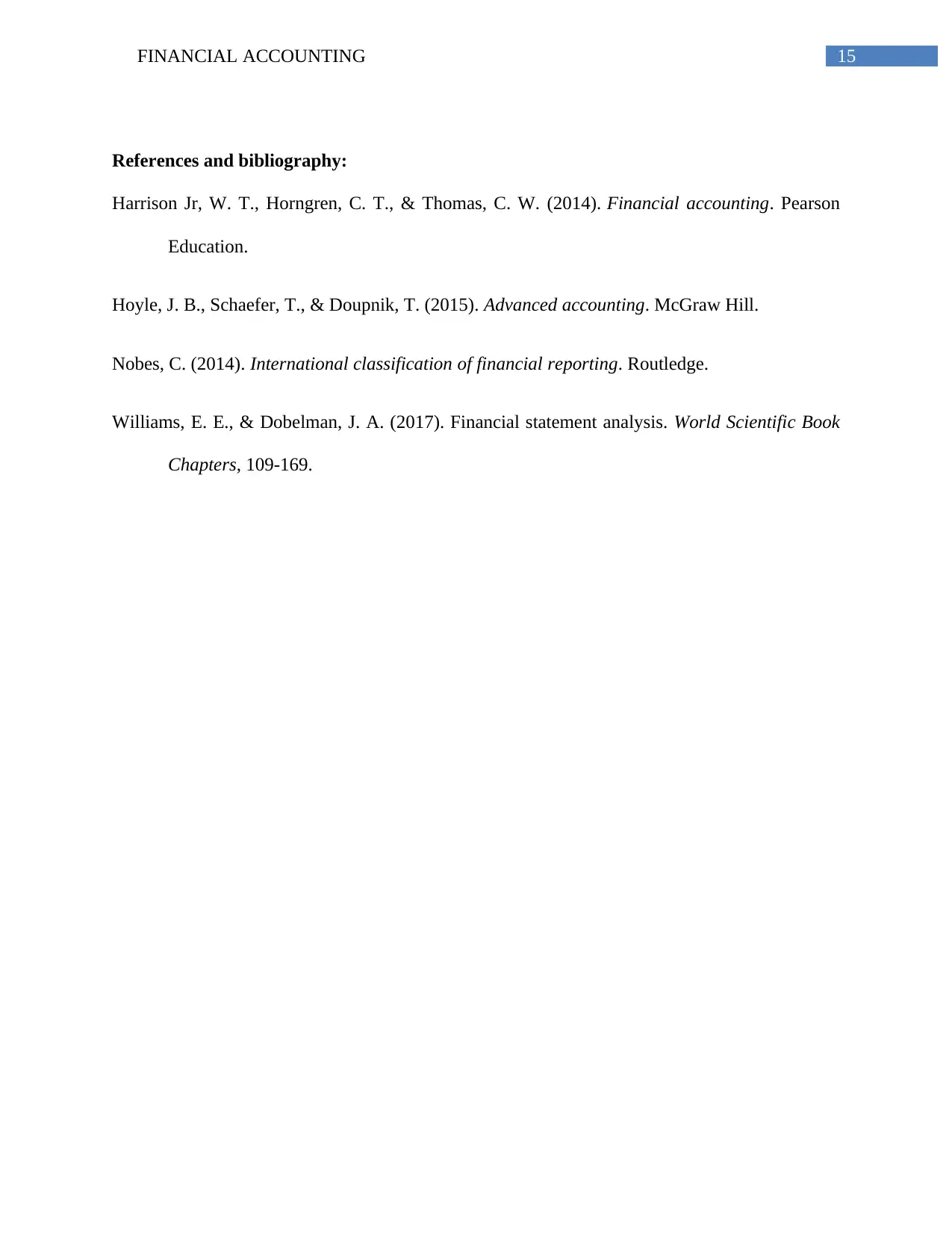






![[object Object]](/_next/static/media/star-bottom.7253800d.svg)